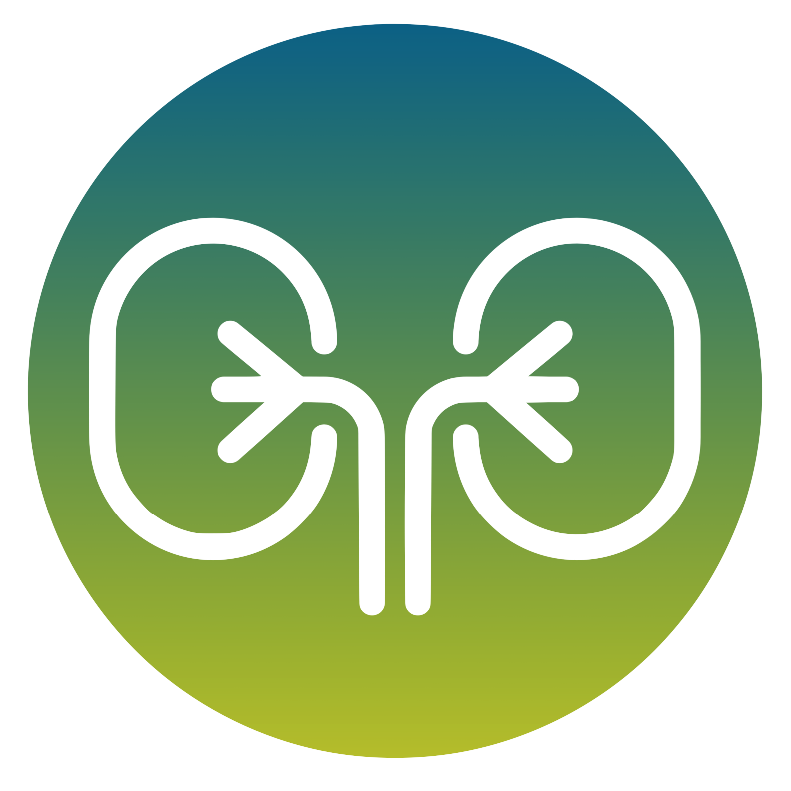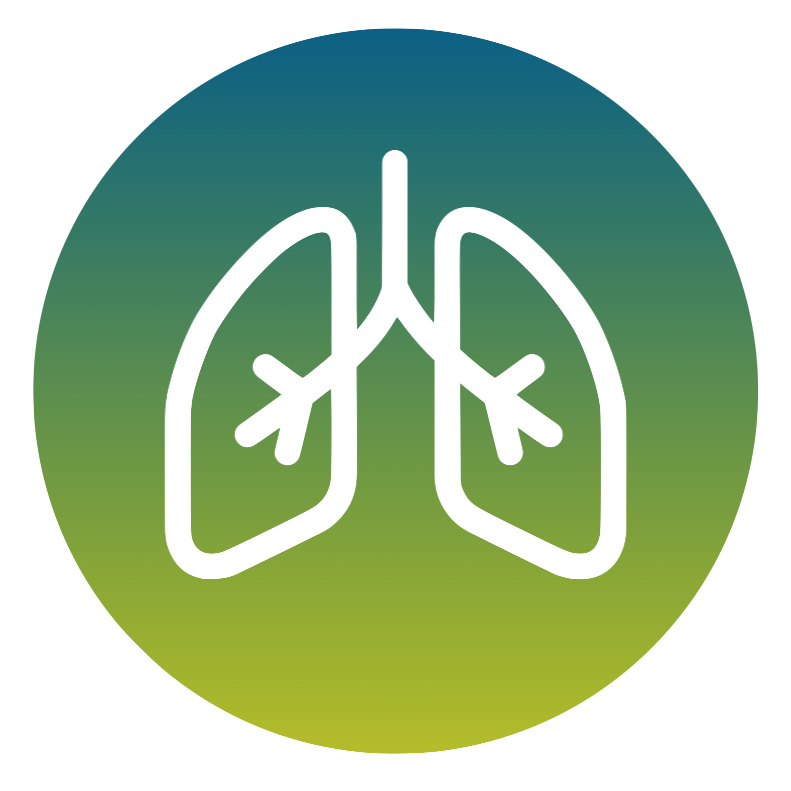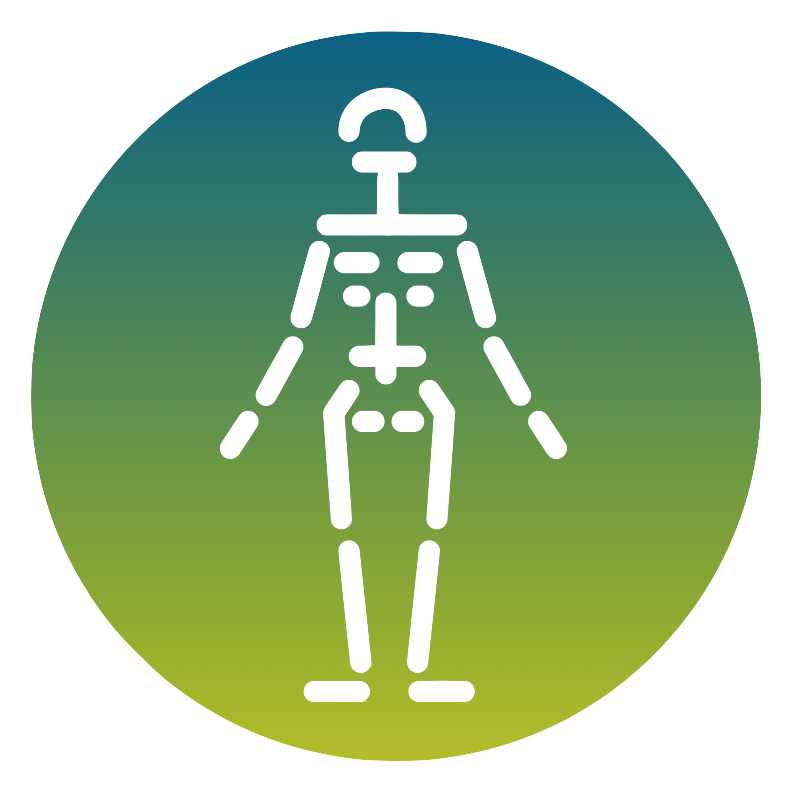R&I Rare Disease Genetics
A disease is defined as rare when its incidence is less than 5 cases per 10,000 inhabitants. More than 80% of rare diseases have a genetic origin and are often characterised by genetic heterogeneity (i.e. several genes can cause the same disease) and phenotypic heterogeneity (the same disease can manifest itself with different clinical aspects). To date, about 8,000 rare diseases linked to genetic variants have been identified, which together affect about 3% of the population.
About 30% of rare diseases occur in paediatric age, including conditions such as congenital malformations, intellectual disabilities, epileptic encephalopathies and hereditary cardiomyopathies.
In adults, the most common rare diseases fall mainly into the group of diseases of the nervous system, such as motor neuron disease (ALS), spastic paraplegia and other neurodegenerative diseases, including dementias (such as Alzheimer's disease and frontotemporal dementia). Movement diseases, such as Parkinson's disease and ataxias, as well as epilepsy, are also common.
In general, patients suffering from rare genetic diseases require a multidisciplinary approach for diagnosis and treatment involving the specialist doctor (neurologist, paediatrician, etc.), the geneticist doctor and the laboratory involved in performing the genetic analysis. Communication between these three professions is essential in reducing the time required for diagnosis and for timely patient care, which remains central at all stages.
It is also worth remembering that a rare disease not only involves patients but also caregivers and family members with often impactful socio-economic implications. For this reason, too, it is essential to reduce the time of diagnosis. Patients and their families often embark on very long diagnostic journeys, the so-called 'diagnostic odyssey', which results in high costs for families and the national healthcare system. In addition, a timely genetic diagnosis can lead to targeted therapeutic courses of action that, if adopted early, can produce an improvement in the patient's clinical condition.
Ultimately, an accurate genetic diagnosis is also useful for family members in terms of prevention (e.g. in heart disease) and risk of recurrence.
R&I Rare Disease Genetics is a division dedicated to genomic diagnostics of rare diseases. We offer a full range of genetic analyses, ranging from single gene analysis to gene panels to exome and genome sequencing. The team involved in R&I Rare Disease Genetics is strongly oriented towards:














